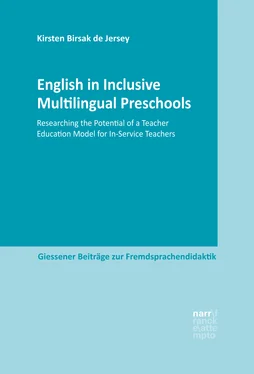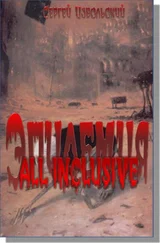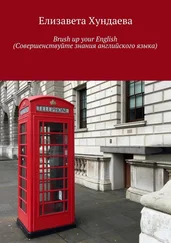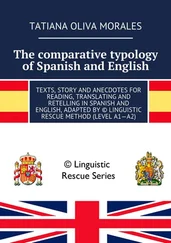Perhaps the most important aspect … is that, if the 'vibes' are right (i.e., if the group dynamic is positive), working as a member of a team is much more motivating than working on our own. We are much more likely to follow through on the action research tasks we set ourselves if others are there to spur us on. (Wallace, 1998, p. 210)
The teacher education project would need to be perceived as relevant by participating preschool teachers so that they would become involved and remain motivated. To make this happen, they would need to experience that introducing English in their groups was doable and rewarding in the long run. Therefore, participatory action research was designed and carried out as a longitudinal case study that covered a period of two and half years. It was set in an inclusive, multilingual state preschool in Salzburg and involved the participation of the teacher educator and all the preschool teachers at the preschool whose experiences will be described in the case studies (→ chapter 7.2). It proved to be viable to carry out the research over this long period of time because it could take place within the established timetable without causing any disruptions to participating teachers’ routines. Experiences documented from other teacher development contexts which had subscribed to an approach of participatory action research confirmed that this important requirement for teachers to be willing to take part can be achieved (see for example the experiences of secondary English teachers in a longitudinal teacher development study conducted by Müller-Hartmann & Schocker, 2018a). They concluded that action research proved to be “low-scale in terms of size and interference in classroom processes” (p. 107).
The preschool teachers’ participation was not mandatory. The desired sustainability of the research as a longitudinal case study would depend on preschool teachers’ participation “viewed as a choice, not as an imposition” (McIntyre, 2008, p. 15). McIntyre describes this voluntary nature of participation where the participants are put under no pressure as common-sense participation (p. 15). For my research project, this meant that the preschool teachers were free to commit themselves to their own comfort levels within the parameters the teacher education project had established in the beginning. This involved observing the children’s responses during participation lessons which the teacher educator gave, taking part in the teacher education by teaching the children cooperatively with the teacher educator and reflecting on their English teaching competences that they were developing in the process of the project. For me as a teacher educator and researcher I respected at all times that each individual teacher had her own teaching style that she had come to perceive as suitable to create her particular group dynamics. The voluntary nature of the degree of teachers’ involvement was intended to give the preschool teachers ownership over their research, “in the production of knowledge and improvement of practice” (McTaggart, 1997, p. 28). The idea of ownership is fundamental to the approach of participatory action research (p. 6). As will be demonstrated, the preschool teachers cooperated closely throughout this extended period of time and beyond to develop their professional competences they would need to teach English.
In an approach to teacher education that is based on action research the “teacher becomes an ‘investigator’ or ‘explorer’ of his or her personal teaching context, while at the same time being one of the participants in it” (Burns, 2010, p. 2). The investigation and exploration, which are referred to here, are closely associated with the process of reflective practice, of “taking a self-reflective, critical, and systematic approach to exploring your own teaching contexts. … [Critical meaning that teachers take] a questioning and ‘problematising’ stance” towards their teaching (p. 2). The next chapter will look more closely at the concept of reflective practice that action research involves. It is one of the central features of my teacher education model.
5.4.3 Teacher education organised as reflective practice
The idea of teacher education organised as reflective practice has been systematically described for the first time by Donald A. Schön (1983) in his book on The Reflective Practitioner: How Professionals Think in Action . Michael Wallace (1991) has built on the notion of teachers as reflective practitioners and provided a framework designed for foreign language teachers’ professional development. I will base my approach predominantly on the concepts put forward by these two researchers. Schön analyses reflective practice as involving two processes: reflection-in-action and reflection–on–action (Schön, 1983, p. 54-55). Reflection–in–action takes place during the action (p. 54), in our case during the teaching process: This means that it results in spontaneous reactions to incidental situations while teaching. This is closely associated with knowing-in-action which Schön describes not only as spontaneous reactions, but also as “intuitive performance” (p. 49). Reflection-on-action takes place after a practice phase or activity has been completed, in my case teachers after the English lessons when teachers reflect on their teaching. Wallace (1991), in his ‘Reflective Practice Model of Professional Development’, recommends that teaching practices are to be reflected continuously as to their appropriateness to the group of learners and teachers in question. As has been already outlined in the introduction to chapter 5.3, the model that I have designed to meet particular preschool teachers’ needs takes Wallace’s ‘Reflective Practice Model of Professional Development’1 (p. 49) (→ diagram 5) as a fundamental guideline. This model will be referred to here again and it will be described in detail so that the changes made which would suit preschool teachers’ needs become apparent.
 Figure 26:
Figure 26:
Diagram 5: ‘Reflective Practice Model of Professional Development’ (Wallace 1991: 49)
Stage 1:The target group in Wallace’s reflective model consists of trainees . The trainees in my case are qualified, employed preschool teachers who are involved in their profession (Wallace, 1991, p. 48) and who have developed competences in managing preschool groups. But as regards the purpose of my project, they may or may not have had some experience in teaching foreign languages (including English) and they will have developed certain attitudes, knowledge and skills from their general preschool teaching experience in general and from teaching German as a second language in particular. Following Wallace’s model, it is “the stage the person … is at before beginning [the] process” (p. 48). It is a fundamental assumption underlying his model that the primary agent in the development process is not an academic researcher or expert (in my case the teacher educator ), but rather the trainee her/himself . I refer to this idea when I build on participating preschool teachers’ contexts and expertise:
The ‘reflective model’ deliberately highlights the trainees and what they bring to the training / development process. … [It] emphasises the fact that people seldom enter into professional training situation with blank minds and / or neutral attitudes … [which includes], ideas, beliefs, … etc. all of which shape our behaviour in various typical or consistent ways. (p. 50)
Читать дальше

 Figure 26:
Figure 26:









